?, a wall dividing two gardens
halfacrefarm
19 years ago
Related Stories
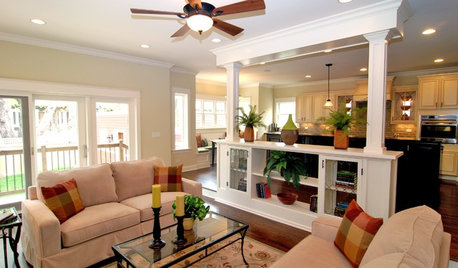
REMODELING GUIDESExpert Talk: Wall Dividers Pull Rooms Together
Open layouts are popular, but these designers explain how a little division can sometimes finish the look of a room the way nothing else can
Full Story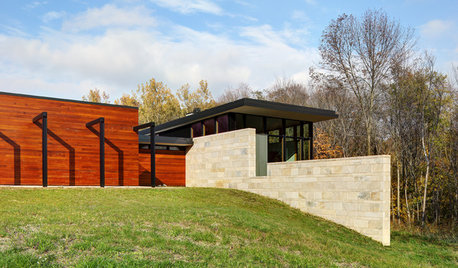
MODERN HOMESHouzz Tour: Fieldstone Divides and Connects a Wisconsin Home
Modern architecture looks right at home on its site, thanks in part to a bold north-south wall of local stone
Full Story
LIVING ROOMSRoom of the Day: Two Seating Areas and a Mix of Patterns
Faced with a room that’s more than twice as long as it is wide, a designer divides and conquers
Full Story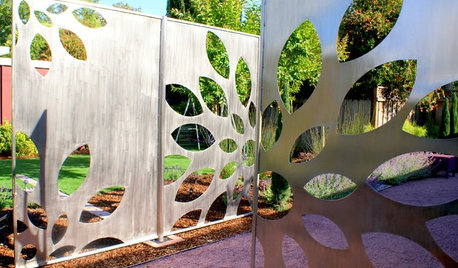
LANDSCAPE DESIGNPolish Your Garden's Look With Metal
Use iron dividers and planters, steel steps and walls, and even metal water features to give a landscape a decorative edge
Full Story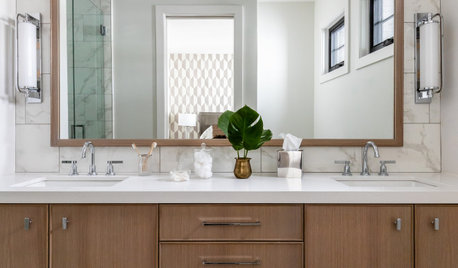
BATHROOM VANITIESShould You Have One Sink or Two in Your Primary Bathroom?
An architect discusses the pros and cons of double vs. solo sinks and offers advice for both
Full Story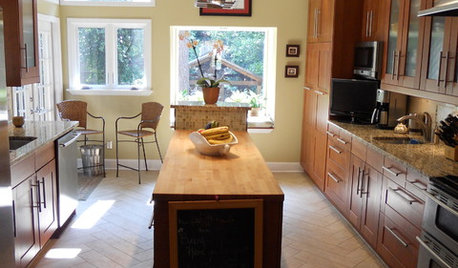
KITCHEN DESIGNTwo-Cook Kitchens Have Smart Space Chops
Seven Houzz users show off their clever solutions to having two — but not too many — cooks in the kitchen
Full Story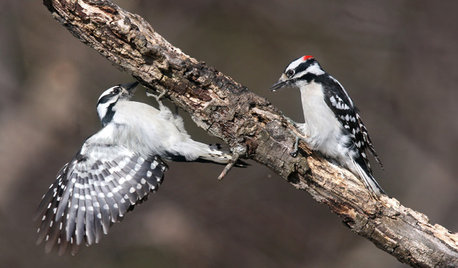
GARDENING FOR BIRDSBackyard Birds: How to Identify Two Common Woodpeckers
Downy and hairy woodpeckers have similar coloration and behavior. But there are two big differences that separate them
Full Story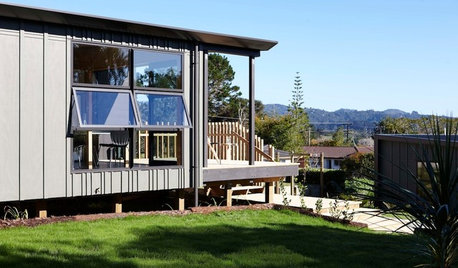
COMMUNITYTwo Homes Focus on Community
Energy-efficient houses in New Zealand adopt a neighborly point of view
Full Story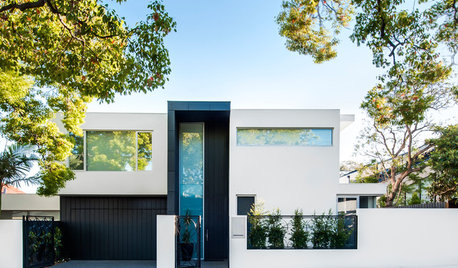
HOMES AROUND THE WORLDHouzz Tour: When Two Houses Are Better Than One
Subdividing a Melbourne backyard opens up space to build a second home on this family's property
Full Story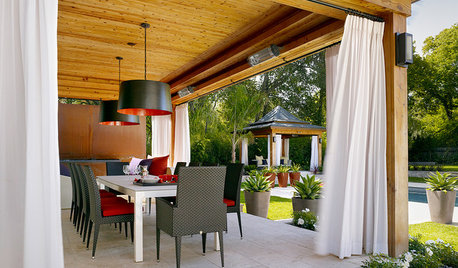
PATIOSGet Backyard Privacy the Subtler, Stylish Way
Why settle for a hulking brick wall when plants, screens and other refined backyard dividers do the job with panache?
Full Story

mich_in_zonal_denial
jeepster
Related Professionals
New Mexico Landscape Architects & Landscape Designers · Norwood Landscape Contractors · Arlington Landscape Contractors · East Chicago Landscape Contractors · Euclid Landscape Contractors · Gallatin Landscape Contractors · Indio Landscape Contractors · Westchester Landscape Contractors · Yukon Landscape Contractors · Castle Rock Decks, Patios & Outdoor Enclosures · Clute Decks, Patios & Outdoor Enclosures · Detroit Decks, Patios & Outdoor Enclosures · Little Rock Decks, Patios & Outdoor Enclosures · Littleton Decks, Patios & Outdoor Enclosures · New York City Decks, Patios & Outdoor Enclosurescrashboxsus
geoffkearley
ScottReil_GD